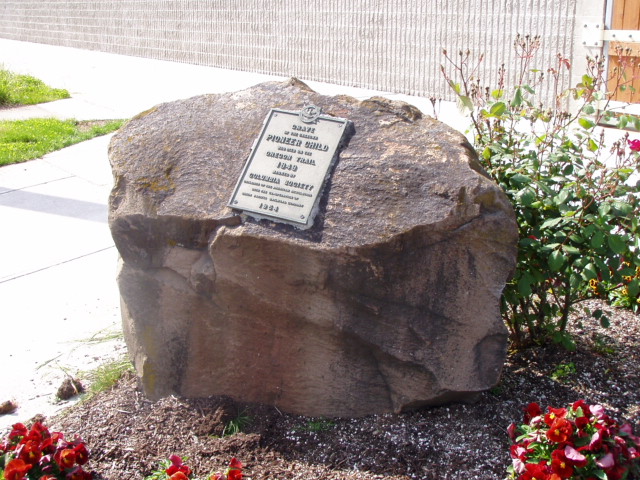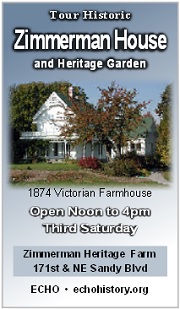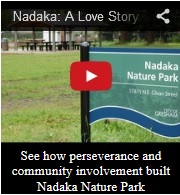Wilkes East History
The Tale of Two Wilkes Neighborhoods
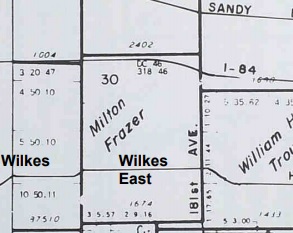 Click to enlarge |
Love, Heartbreak, and RenewalLocal history says un the summer of 1845 Payton & Anna Wilkes and their seven children left Independence Missouri in a two-yolk oxen-drawn covered wagon and headed west on the Oregon Trail for Oregon. |
They arrived by late fall after crossing the Cascade Mountains during a particularly strong snow storm and settled into their new life style in Oregon City. More than 3,000 wagons arrived in Oregon that year.
In 1850 their son William Wilkes took a Donation Land Claim on Sandy Road east of Portland.
The Donation Land Claim Act (DLC) became law on September 27, 1850 as a means to promote homestead settlements in the Oregon Territory (comprising the resent-day states of Oregon, Washington, Idaho and part of Wyoming).
The Act granted 320 acres of designated areas free-of-charge to every unmarried male citizen eighteen or older, and 640 acres to every married couple arriving in the Oregon Territory before December 1, 1850. A total of 7,437 land claims were issued under the Act which expired in late 1855.
Soon after receiving his land, William gave up his claim after his wife died and headed to California to mine gold.
Rich with cash, William Wilkes returned to east Portland and purchased the Milton Frazer DLC (see photo above), which was located immediately to the east of his original claim. And that's why there are two Wilkes neighborhoods.
Wilkes, the original land claim. And, Wilkes East, the purchased land to the east of William Wilkes original claim.
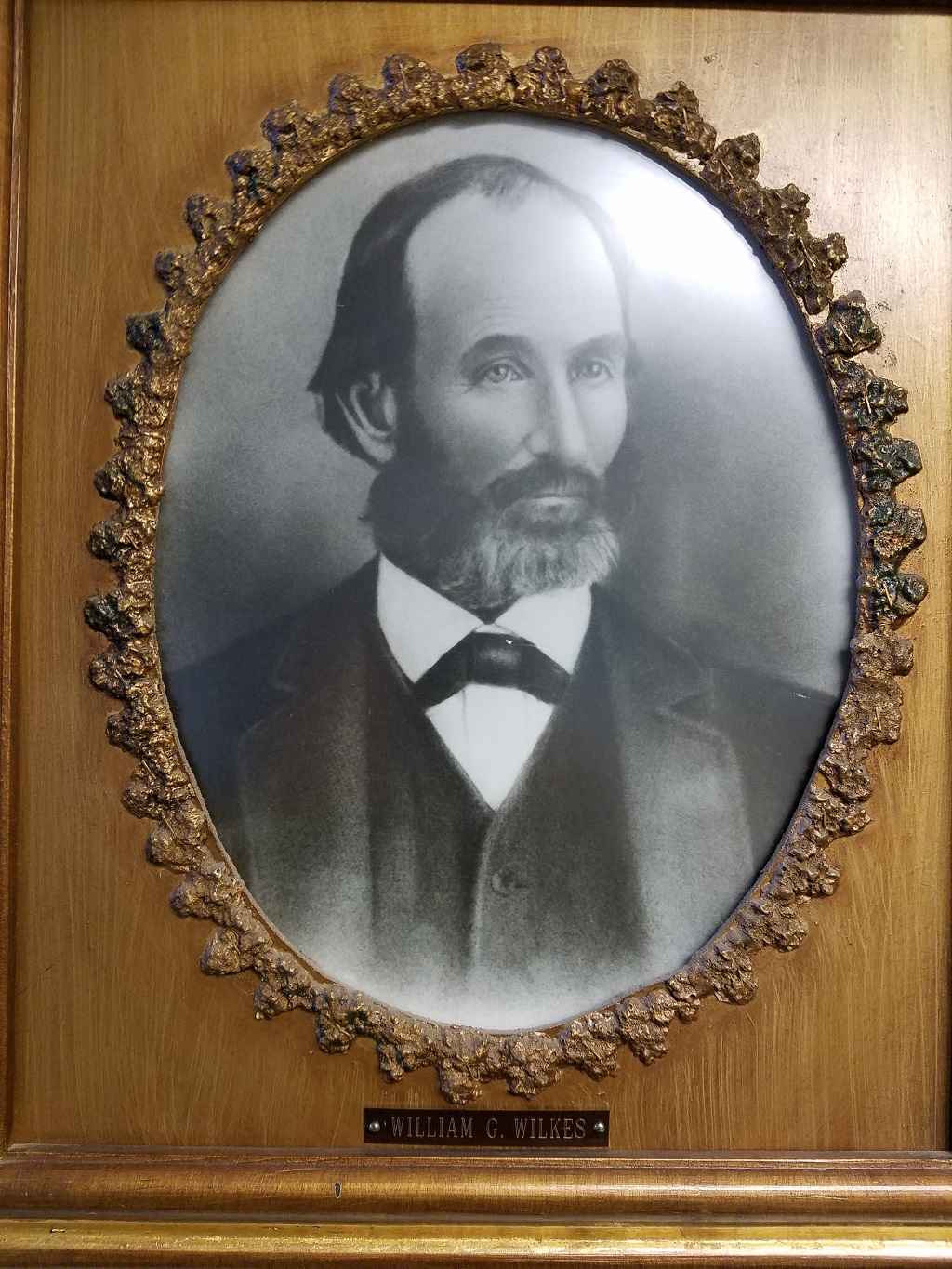 William C Wilkes Click to enlarge |
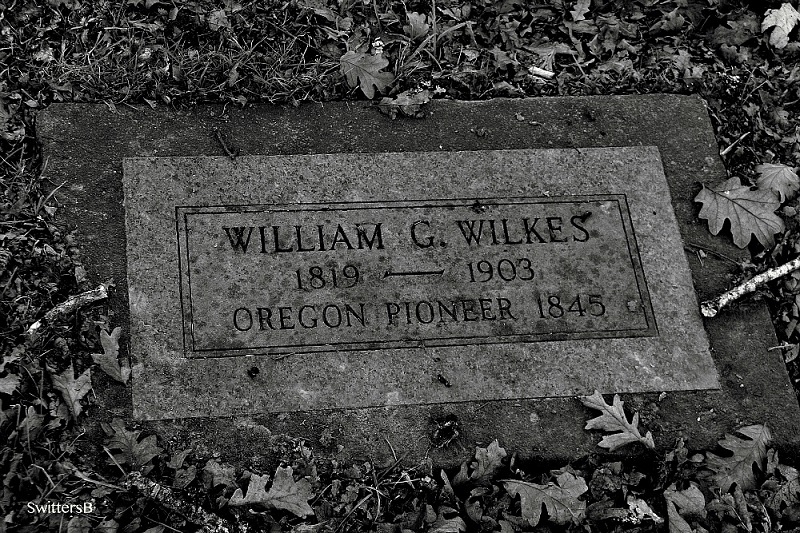 William C Wilkes grave Click to enlarge |
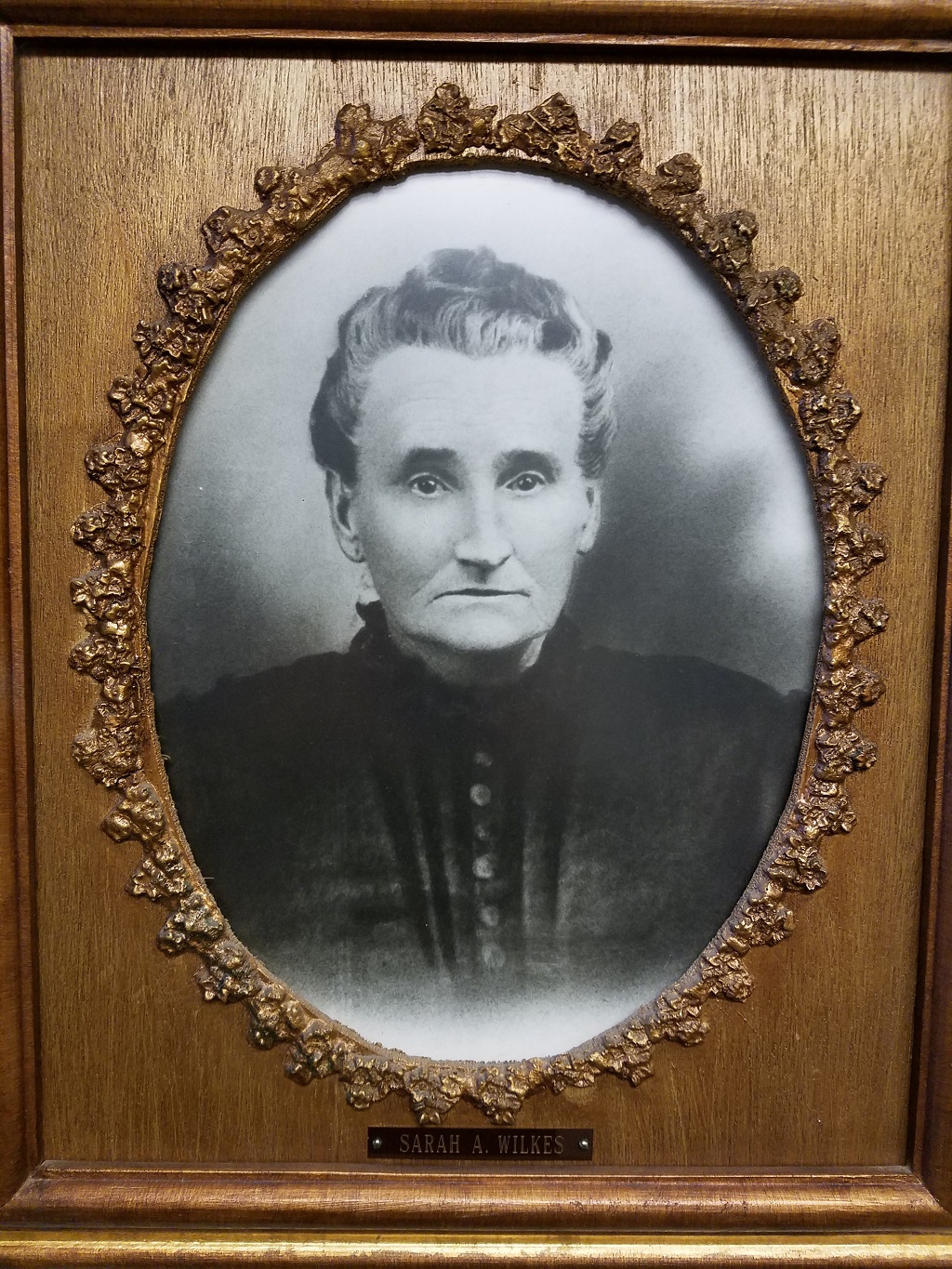 Sarah A Wilkes Click to enlarge |
To learn more about local history, read "Gresham, Stories of our Past". Available from the Gresham Historical Society, area book stores, and Amazon.com
.
Grave of an Unknown Pioneer Child
The grave lies in Section 30, Township 1 N, Range 3 East, in the city of Portland, Oregon at the intersection of NE Wilkes Rd and NE 169th Ave 97230.
It is reported in an affidavit filed in 1955, by Margaret Sales, that the grave holds the remains of a nameless girl, who died in 1849. She was only a day away from completing the grueling journey to Oregon.
The affidavit's story
In the affidavit, Mrs. Sales states that her father Mr. Doc Hartley, a pioneer to Oregon in 1846, and who lived in the area, told her about the people who came late one evening and camped by the spring beside their little girl, about eleven years old, who very was sick. The father and mother of the child had only one team of horses and a wagon. The child died during the night and was buried the next day. Mrs. Sales' mother helped care for the child and her father helped make the coffin and dig the grave. The child's parents moved on towards Oregon City, never to return. The family name may have been LINN.
Mr. Hartley was interested in the development of the community, and especially in providing a school and education for children. The first school was a log cabin, located on William G. Wilkes' farm, just east of the grave and was used for many purposes, including church services. The school house, first called Wilmot School, became known as No. 7, later to be renamed Wilkes School.
The school children soon learned of the little pioneer grave near the school house, and their young hearts ached for the little one, so all alone. During the summer months, the children of Paulus & Helen Benter Fisher kept the grave bright with flowers. The grave soon acquired a small white picket fence. Through the years the children of the school would place flowers on the grave on Memorial Day. The child has never been forgotten.
In 1949, Lee Mathews, a former student of Wilkes School, and a member of the Children of the American Revolution became concerned that the gravesite would be destroyed during construction of the Banfield Expressway (Interstate Highway 84), and wanted to see the site marked permanently. This process took ten years with a temporary marker placed in 1953, shortly before the highway was completed. The Union Pacific Railroad having acquired ownership of the land, gave the land to the Children of the American Revolution. This organization donated the site to the State of Oregon. To mark the site, the railroad hauled in a large rock from Starvation Creek on the Columbia River. Finally, on May 22, 1955, a bronze plaque was mounted on the rock as a permanent marker, and was dedicated.
In 1989, the Children of the American Revolution was contacted and informed that the construction and widening of I-84 would make the site inaccessible for maintenance or visitation. Many interested people and the State Highway Department formed a plan to move the rock, with its plaque, to its present day location.
This marker is rededicated May 22, 1990.
Text by Virginia Gloyd Burgh, Senior State President, Oregon State Society, Children of the American Revolution — 1990. Source.


